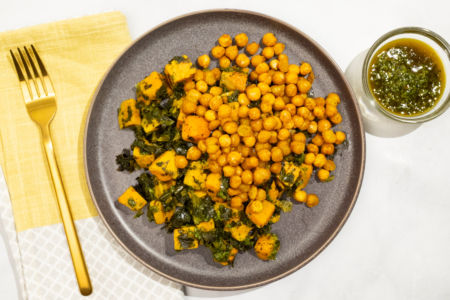We all commonly know wasabi as the spicy green condiment that is served alongside sushi, but wasabi can be used to add extra flavor to so many other dishes. The versatility of this condiment is what makes it extremely popular amongst various cuisines.
History Of Wasabi
Wasabi first started being used in the Edo period in Japan, which lasted from 1804 to 1830 during the Bunka/Bunsei era. During this time, as is the case today, wasabi was used to season sushi. Wasabi was a commonly used ingredient back then to reduce the fishy smell of foods, prevent food poisoning, and stop bacteria from growing.

Types Of Wasabi
There are 2 broad types of wasabi. Let’s look at each of them
1. Hon Wasabi also known as Japanese Wasabi
This is the native Japanese wasabi which can be further classified depending on how they are planted. If they are planted in stream beds they are called Sawa wasabi. If they are planted in fields they are called Hatake wasabi.
2. Seiyo Wasabi also known as Western Wasabi or Horseradish
Seiyo wasabi is planted in Northern Europe. It is often used as a spice due to its spicy taste. In medieval Europe, it was used to increase appetite, as a preservative, and for medicinal purposes.

Health Benefits Of Wasabi
The isothiocyanates in wasabi are very rich in antioxidants, which help to get rid of free radicals in the body. This makes wasabi anti-cancerous. It also lowers cholesterol levels thus promoting heart health.
Wasabi also has anti-inflammatory properties which help in reducing swelling and pain in joints making it useful in treating arthritis.
Wasabi is also great to fight off bacterial infections like E.Coli and staph infections. As it is pungent, it clears out sinuses and clears out the nasal passage. Lastly, it is good for your gut health and improves bowel movements.

Culinary Benefits Of Wasabi
To spice up your guacamole, add some wasabi powder or paste to the mixture. You can also add a little bit of hot pepper sauce if you want to make it even spicier.
If you want to spice up the mayonnaise for a sandwich, add some wasabi powder to it to spice up your snack. Want to go even more homemade? You can even make wasabi mayonnaise at home! Just add egg yolks, wasabi powder, and white wine vinegar. If you enjoy devilled eggs, try adding some wasabi along with some mustard sauce.

A quick Japanese recipe that would taste all the more delicious with the addition of Wasabi would be the White Fish Rice Bowl.
Add a dash of wasabi’s spiciness to this Shrimp Teriyaki recipe if you love your food a bit spicy.
If you are looking for a nice meal, try making salmon with a honey wasabi sauce. To bring out the flavor of the salmon, mix some soy sauce, rice vinegar, ginger, wasabi powder, and honey together and drizzle over the salmon before and after cooking. You can also use this sauce along with some smoked trout.

A quick snack fix that will keep you full for hours is some chili shrimp with wasabi and mayonnaise sauce. Marinate your prawns in some lemon and chili sauce, grill them, and serve them with some tasty wasabi sauce.
If you are suffering from a blocked nose, it is best to have your own version of Carrot Ginger Soup with some wasabi added to it, or maybe replaced by ginger!

Storage
You can store fresh wasabi in a glass of water in the fridge. It can be kept in the fridge for about 2 weeks when the rhizomes are still intact. Wasabi paste can be stored in the fridge or in a dark and cool pantry.
Feature Image: Flickr user wuestenigel ( CC BY 2.0 )



